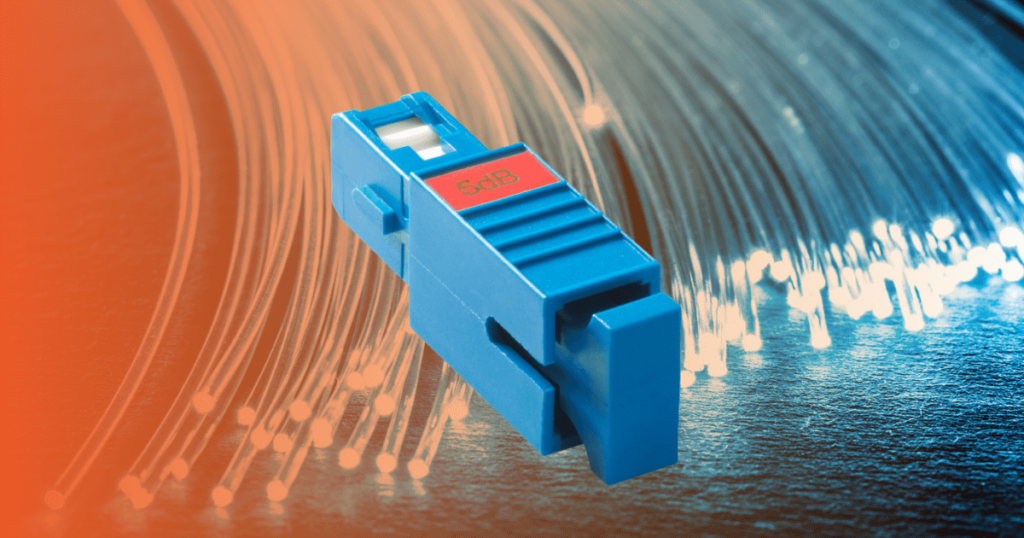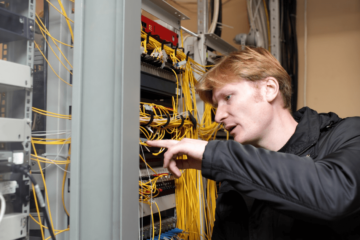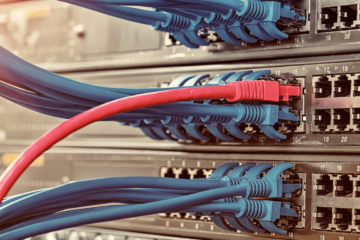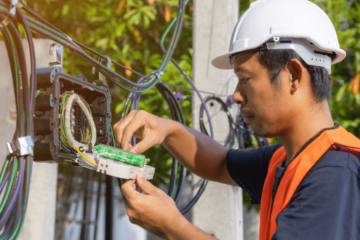
In growing and expanding networks it’s sometimes necessary to have a stronger fiber optic signal so it can reach the length needed for data transmission. This can cause troubles with signal power overload in fiber optic receivers.
What is a Fiber Optic Attenuator?
When the power of the signal in a fiber optic network overloads a receiver, it can cause damage to the whole network. To solve this problem, you can install a fiber optic attenuator in your network.
A fiber optic attenuator is a passive device that attenuates de power of the signal, reducing it so the receiver can support it. To avoid the saturation of the receiver and achieve a good performance, a fiber optic attenuator can be installed in the network, in any point where we need to bring down the optical power, but normally is used just before the Optical line terminator.
This device will essentially break some of the power of the signal, adding attenuation, allowing the remaining power to follow through with the appropriate strength to be supported by the terminal of the network.
How can it be used?
Being an attenuation device, it’s an equipment that should be used in contexts where we have too much signal power in a certain part of the network.
Knowing the optic budget of the network, meaning how much signal strength it starts with and the losses that happen throughout the equipment installed and the length of the network, we can understand how much more power we need to reduce so it’s supported by the receiver.
When the optic budget is too high for the receiver, it’s essential to install a fiber optic attenuator to prevent damage to the network. If this is not done, the receiver won’t be able to receive or read the signal, affecting the performance of the network or even cause further consequences.
What types of attenuators are there?
There are different types of attenuators for different needs, these being:
- The fixed attenuator. “Fixed” meaning the amount of signal it was designed to reduce is unchangeable, not variable. These are a in-line type of device, having a male plug connector in one side to attach to a receiver or an adapter, and a female on the other side to allow patch cords to be plugged in.
- The variable attenuator. This type of attenuator uses a variable regulator filter that allows adaptation and flexibility in the adjustment of how much signal we want to attenuate. Being variable allows this device to be more precise, as it can be changed easily as needed without interrupting the flow of the network.
Even though fiber optic attenuators are usually used in single-mode applications, there are also attenuators available for multi-mode fiber cables.
On a complementary note, it’s extremely important to know how much we need to reduce the signal power when acquiring and using fixed optic attenuators, this means making a optic budget previously, as having to change a fixed attenuator is disruptive to the network, unlike variable attenuators that can be adapted without disruption.
Related articles: Identifying Cables: A Guide to Fiber Optic Cable Color Code









